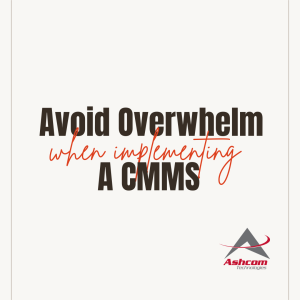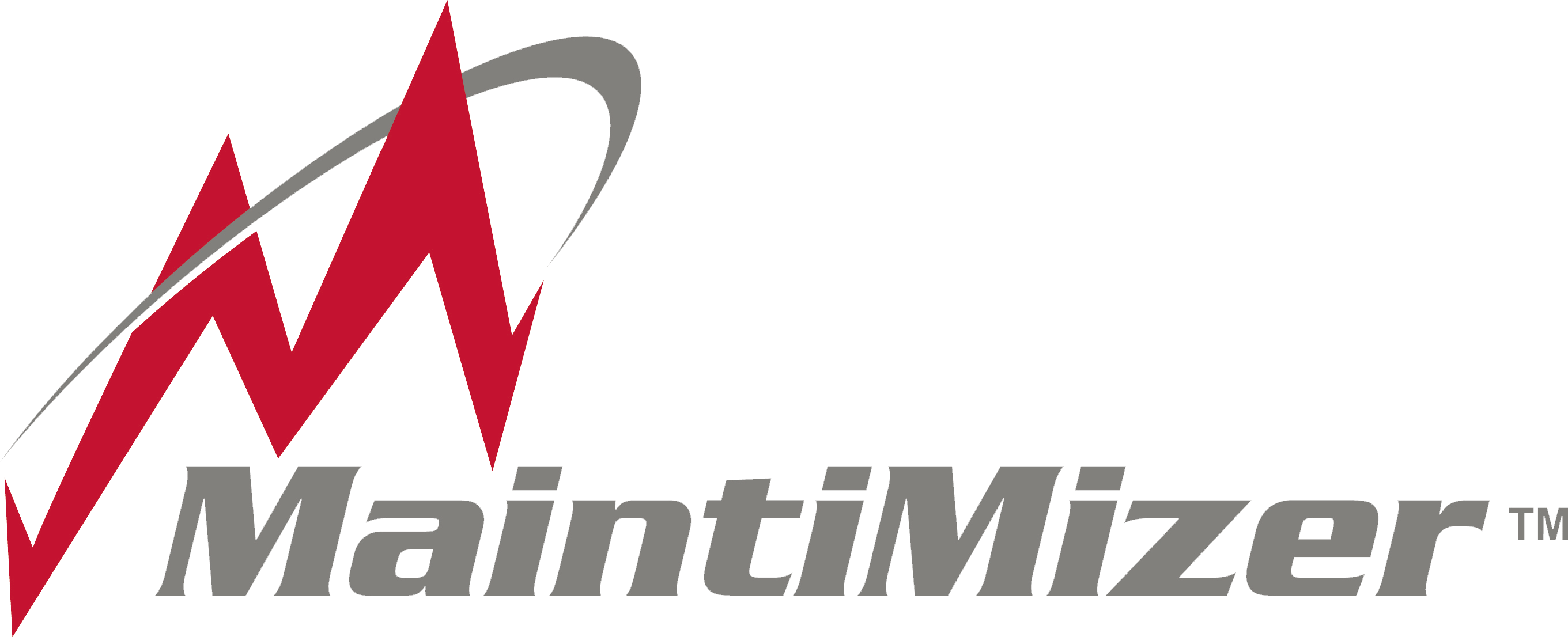
Avoiding overwhelm when implementing a new software or system in your organization is much easier than it seems. According to plantservices.com “With most modern software packages, the greatest cost can be installation and implementation. Prices vary dramatically but a rule of thumb is one to three times the cost of the software.” To avoid the overwhelming sticker shock and to see a return on your investment, be sure to implement your software properly. You are not just buying software when you invest in a Computerized Maintenance Management System (CMMS)—you are essentially changing the way you run your maintenance department.
Here are five steps to avoid overwhelm when implementing a CMMS to enjoy a better organized, efficient maintenance program while saving your company money.
- Research
Take the time to get to know what each software has to offer and why you may need or want certain features. Make a list of the things you need this software to tackle, and then narrow down your choices to a select few.
- Get Your Team Involved
Who will be using the software? Who will be managing it and who will be paying for it (if it is not you)? Present your list of needs for the software and ask if there’s anything missing. Also, ask what the top needs are—this will help narrow the search while giving your team ownership in the decision-making process. Present your top software choices and let your team view demos, features, and even be present on the initial sales call once you get to that point.
- Get Everyone on Board
After implementing steps one and two, getting everyone on board should be easy—or at least easier. Change is hard and making the greatest number of people happy is even harder. Take the path of least resistance by keeping everyone informed during the process. Achieving this step will help in decreasing the overwhelming nature of the task at hand.
- Training
I cannot stress this enough—make sure you understand all the components of the software. When it comes to a CMMS, some components can be overwhelmingly daunting. Ensure there is training available as well as a support team that suits your needs. If you prefer talking to actual people, makes sure that is an option. If you prefer videos, manuals, and quick how-to documents, make sure those are available. If you prefer hands-on training for you and your employees, make sure that is possible. Hands-on training from the software makers themselves can be worth its weight in gold. Learning how to implement a strong training program can be done, and our next blog will highlight how to do just that.
- Price Tag
Some people like to purchase whatever is cheapest, whereas others spend months hemming and hawing over whether they want anything at all because of the price. Let’s get real for a second — price should not be your main concern. We all have budgets to stick to; however, on average, it only takes about 14.5 months to recoup your initial investment on a CMMS. A CMMS can provide a maintenance cost reduction of as much as 25 to 30 percent. Reducing asset failures, employee downtime, and employee overtime only scratch the surface of what a CMMS can provide. I’m not saying you need to get the most expensive one—you should get the one that makes the most sense for your company. It may end up being the cheapest one after all. However, the price of a CMMS is nothing compared to the benefits of using one.
Here’s an indepth look at what a CMMS can do for you if implemented properly. Implement your CMMS properly the first time and enjoy your ROI, efficient workplace and productive, happy employees.

